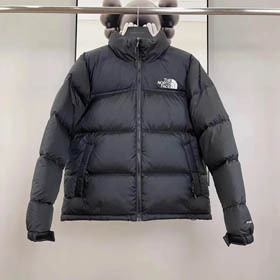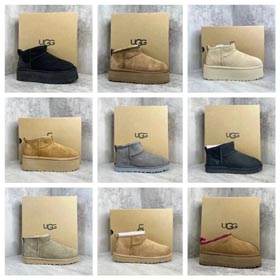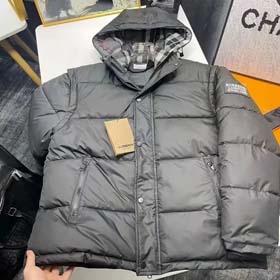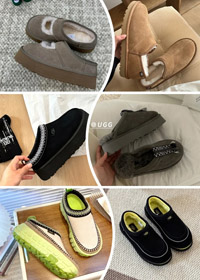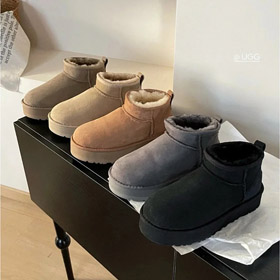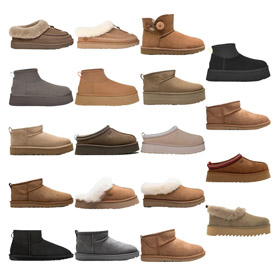In the misty English climate of 1856, a visionary draper's apprentice, Thomas Burberry, seeded what would grow into a global luxury empire. With a reverence for craftsmanship and a storyteller's grasp of texture, Burberry's early silhouettes stitched together utilitarian brilliance
The invention of gabardinetechnical and sartorial bifocals
The Checkered Chessboard of Identity
Between military service and silver screens, the 20th century saw Burberry's caramel-check lining transition from discreet functional detail to status insignia—though this ubiquity birthed a paradox. The late 1990s found the brand simultaneously overexposed through counterfeits and undervalued creatively. Enter designers Roberto Menichetti and Christopher Bailey, who recalibrated the maison's compass by:
- Re-choreographing the Nova check as limited-edition spectacle
- Splicing streetwear DNA into trench coats via removable hoodies and tech fabrics
- Pioneering live-streamed runway shows
Algorithmic Plaid: Burberry's Digital Reinvention
Beneath Riccardo Tisci's gothic serif rebranding in 2018 whispered an irony: the house that dressed polar explorers now courted Gen Z through ephemeral Snapchat filters. Yet this tension formed its genius—the TB monogram scarf may QR-code to exclusive content, but the gabardine remains hand-cut in Yorkshire. Burberry's archival materials suggest it neither veers from heritage nor museumizes it, instead treating each era as New Weather: a fresh climate to reinterpret silhouette language while strategically reassessing market positioning.
The 2020s spotlight a sustainability arc—regenerative wool ranches, mushroom-derived leather—proving that storied names must wrangle contemporary urgencies without snapping their vintage threads. Perhaps unknowingly, Thomas Burberry birthed not just raincoats but a lucid algorithm of reinvention: adapt, but make your past part of the software upgrade.
